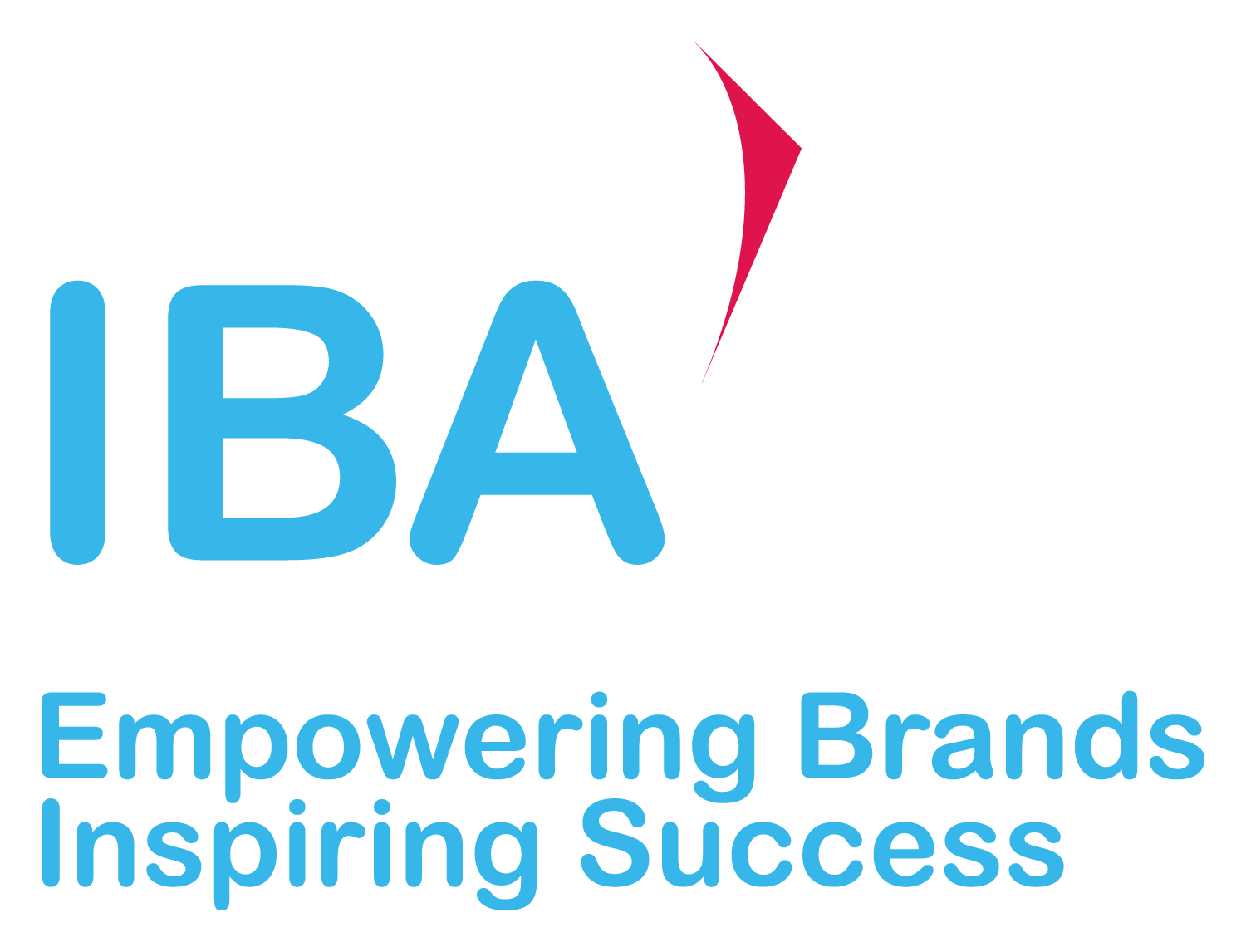Can Gen-AI pass the trendspotting test or is it just ‘In with the Old’ again?
Disclaimer: some of the following contains AI-written content.
Last year we asked ChatGPT to predict the top technology trends and the results were underwhelming to say the least. Now we’re back again, one year on to put ChatGPT to the test by asking it to predict the top marketing trends for 2025.
As we keep hearing how AI is always learning and improving, we tweaked our prompt this time round to see whether ChatGPT could provide reasonable explanations on why its chosen trends would be relevant in 2025: Put together a list of the top 5 B2B marketing trends for next year with explanations on why they are ones to watch.
Surprisingly, the first thing we spotted was, unlike last year, there was no AI disclaimer in sight – perhaps ChatGPT is feeling more confident in the accuracy of its source material? We’ll let you be the judges of that!
Here’s what the ChatGPT digital crystal ball predicts for marketing trends next year:
1. Account-Based Marketing (ABM) 2.0: Hyper-Personalization at Scale
Why It’s Trending:
ABM is evolving beyond targeted campaigns for specific accounts into hyper-personalized, scalable strategies powered by AI and advanced analytics. Businesses are now leveraging customer data to craft highly specific messaging for decision-makers within target accounts.
What to Watch:
- AI-driven tools that help segment audiences with precision.
- Real-time content customization to fit unique pain points and goals of each account.
- Integration with sales teams to align outreach strategies
We’ve already talked about the power of ABM in one of our previous blogs, so there is nothing particularly groundbreaking here but ChatGPT does make three good What to Watch points and it will be interesting to see how AI will influence ABM strategies going forward.
2. Expansion of the B2B Influencer Marketing Landscape
Why It’s Trending:
Influencer marketing is no longer just for B2C. In B2B, thought leaders, industry experts, and niche content creators are helping brands build credibility and reach highly targeted audiences. Decision-makers trust recommendations from peers and respected voices in their field.
What to Watch:
- Growth in micro-influencers with niche expertise.
- Collaborative content formats like co-branded webinars, whitepapers, and podcasts.
- Greater emphasis on long-term partnerships with influencers to drive authenticity.
Think ChatGPT might be slow off the mark here! Using thought leaders and industry experts have been our clients’ bread and butter for years. If you need a refresher on how to harness the power of influencer marketing, why not check out our blog on this exact subject from two years ago.
3. Video Marketing as the Primary Engagement Tool
Why It’s Trending:
Video is increasingly dominating B2B marketing strategies, thanks to its ability to simplify complex ideas and capture attention quickly. Live webinars, explainer videos, and LinkedIn video ads are becoming go-to formats for B2B marketers.
What to Watch:
- Increased use of interactive and shoppable videos.
- Expansion of short-form videos (inspired by TikTok and Instagram Reels) into B2B campaigns.
- Platforms like LinkedIn boosting native video content visibility for organic and paid campaigns.
We’re three for three at this point with ChatGPT regurgitating topics that our own IBA blog has already covered off.
4. Focus on Intent Data for Precision Targeting
Why It’s Trending:
Intent data—information signaling a prospect’s likelihood to make a purchase—allows B2B marketers to identify and engage buyers who are actively researching solutions. This trend enables businesses to move beyond broad targeting to reach prospects at the perfect moment in their buying journey.
What to Watch:
- More sophisticated platforms for aggregating and analyzing intent signals (e.g., Bombora, 6sense).
- Tighter collaboration between sales and marketing teams to act on intent data quickly.
- Personalized outreach strategies based on high-intent actions like content downloads or competitor comparisons.
Okay now we’re talking! This is a really good spot as we’re seeing marketers having to be more creative with analytics to negotiate the likes of GDPR, so this will be an interesting trend to watch next year.
5. AI-Powered Content Marketing and Generative AI Tools
Why It’s Trending:
AI is revolutionizing content creation, from ideation to distribution. Generative AI tools like ChatGPT and Jasper are enabling marketers to produce content faster while maintaining quality. This allows for dynamic scaling of campaigns while optimizing resources.
What to Watch:
- Using AI for predictive content performance analysis.
- Enhanced content automation across blogs, whitepapers, emails, and social media.
- Increased emphasis on human-AI collaboration to refine content authenticity and emotional resonance.
Same old story – nothing new here!
So let’s compare and contrast with a panel of humans
To compare the results of ChatGPT we decided to consult the emerging trends put together by the Forbes Communications Council to see what emerging trends an expert panel of humans has put together using original thought.
Video gets the tick of approval
Similar to ChatGPT’s second trend, the Forbes panel predicts video will continue to emerge as a leading trend in B2B marketing, with short video content taking the spotlight.
This is something the IBA team has also noticed and touched on in our latest Talking Propeller Head webcast.
Gotcha?
Intent data crops up too as a top trend for the Forbes panel. But unlike ChatGPT’s prediction that it will help nurture leads in the early stages of the buying journey, one council member stressed the importance of “leaning into intent data for post-lead acquisition engagement… [and] continuing to partner with sales on engaging around intent signals.” Opposite ends of the sales funnel here.
We suspect both may be right!
Have we established a common ground?
Time for a quick sit-rep.
ChatGPT’s prediction stresses how AI will power content marketing in 2025, specifically helping marketers to “produce content faster while maintaining quality.”
But do we humans agree?
Forbes Council members are strongly in disagreement, with one expert noting how “AI is currently being abused to create low-quality content nobody wants to read. I expect this trend to backfire and, hopefully, reduce this type of abuse.”
We have to agree with the Forbes Council here – AI will never replace human creativity and connection. AI is a great tool for marketers to use, but would be useless without human knowledge, strategy, and implementation. See our recent Talking Propeller Head on the uses and abuses of AI.
Amplification not generation
It is however interesting to note that the same Forbes Council member commends AI’s ability to expand content and keep grammar and spelling mistakes in check, but it’s the way AI is being used for content ideation that seems to be the main sticking point. “It should be used wisely as a copilot rather than be expected to write a compelling piece of content with a strong point of view and a unique style.”
We couldn’t agree more! Stick to human-generated content and tap into your SME’s knowledge base to stand out from the generic AI noise!
I hear what you say
One trend however missing from both ChatGPT’s and the Forbes Council’s predictions is the role of audio. We have already seen publications such as the Wall Street Journal start to accommodate audio listening. Much like video, audio is beginning to earn its rightful place as a new medium to engage audiences, which is exactly why you can now listen to our Talking Propeller Heads!
There’s no hiding the fact that ChatGPT’s predictions this time round are more in line with human thinking and did a good job in providing evidence of why these 5 trends are ones to watch – that is except for when it comes to the role of AI in content generation!
Hannah Watson is PR Lead – Analytics at IBA International.



